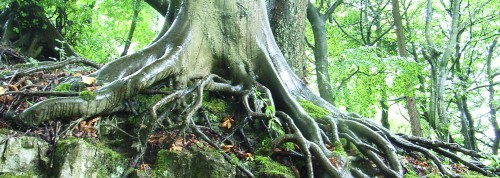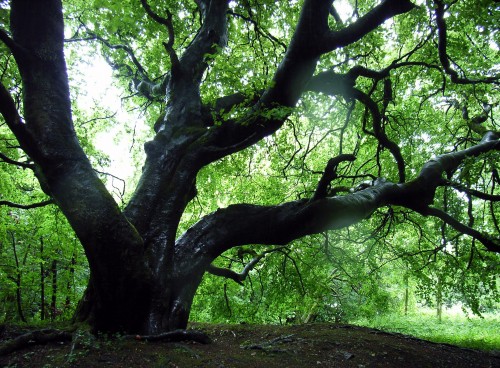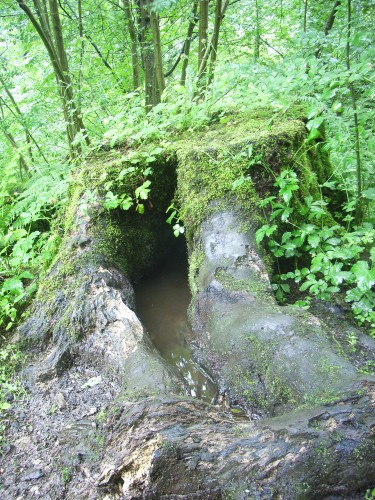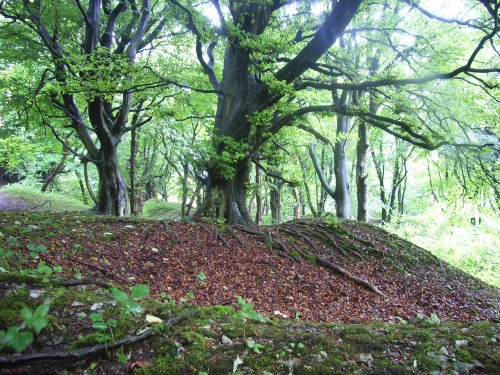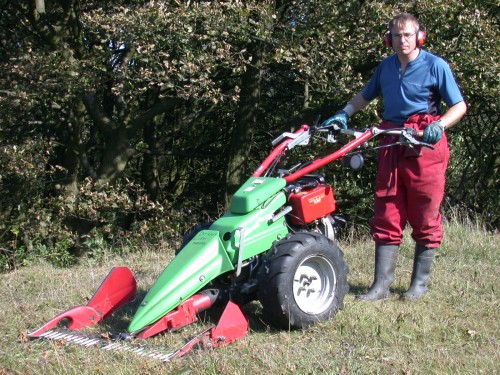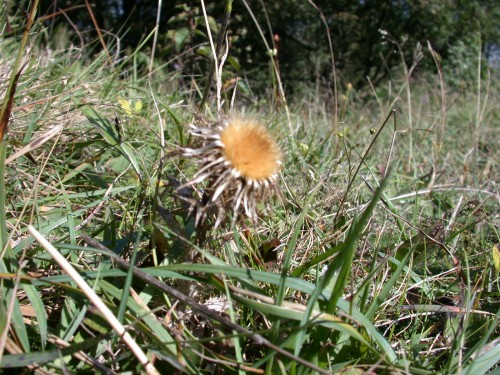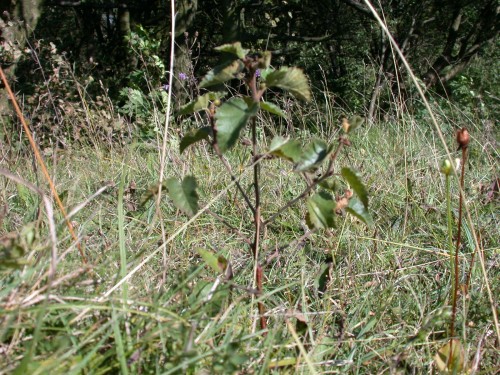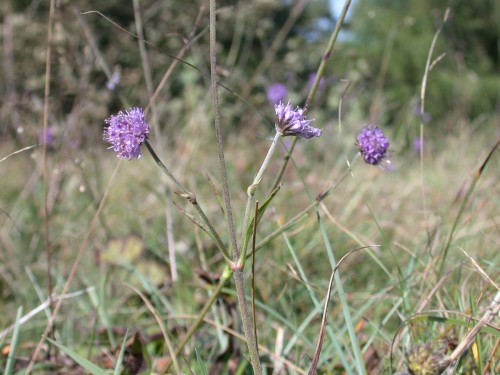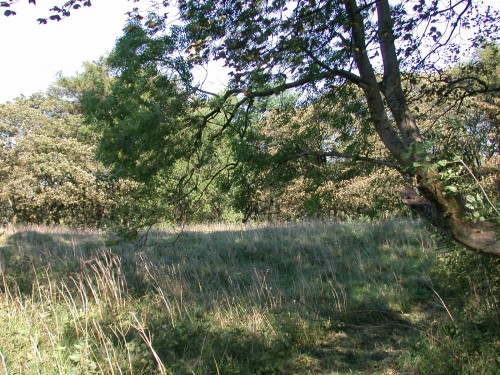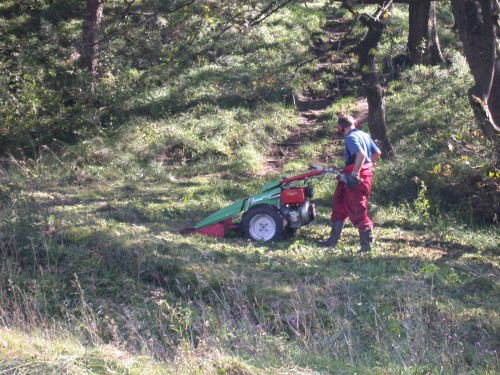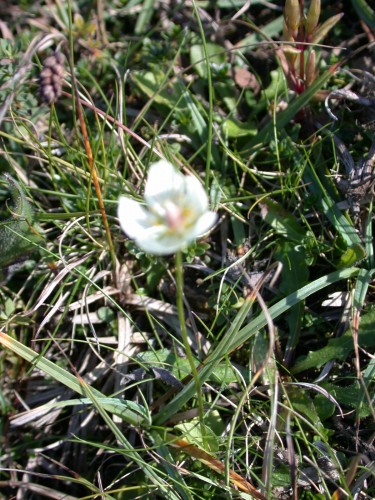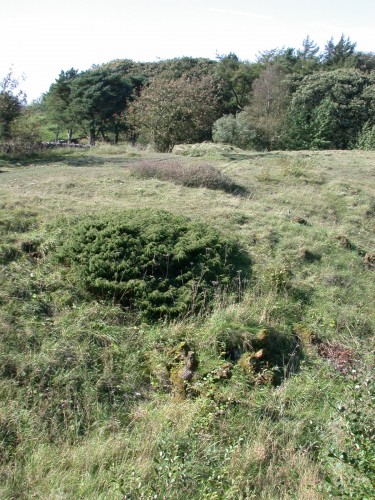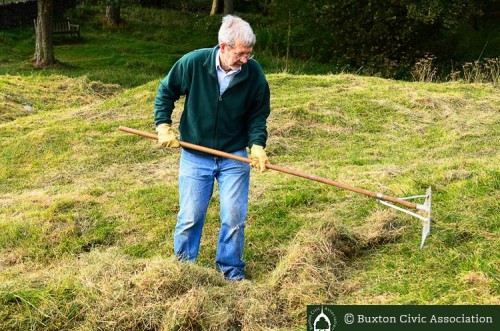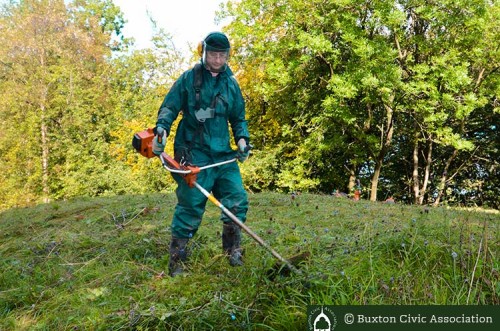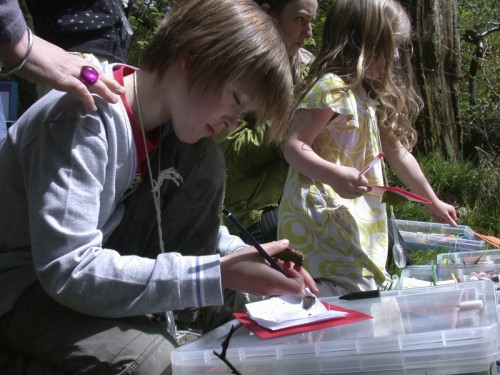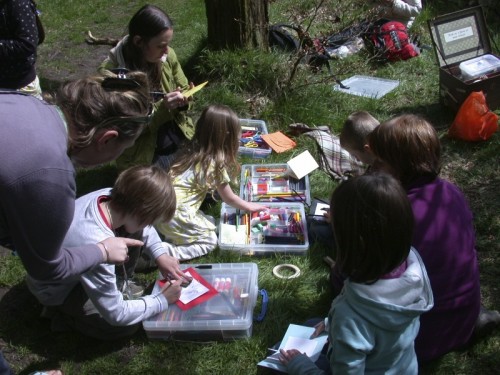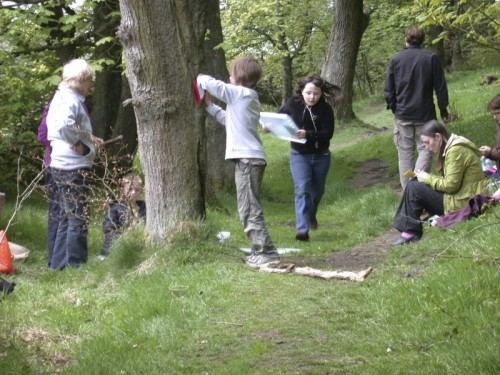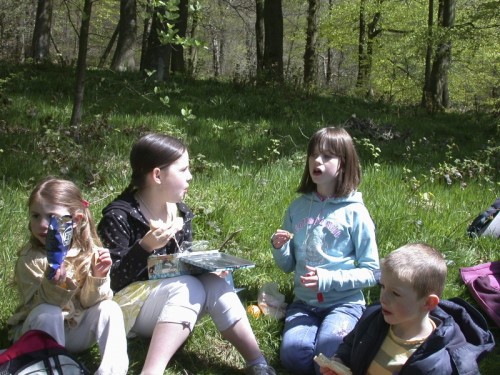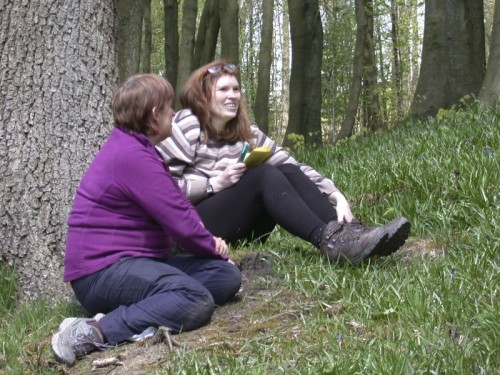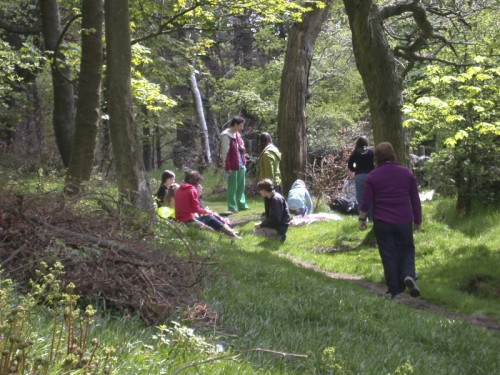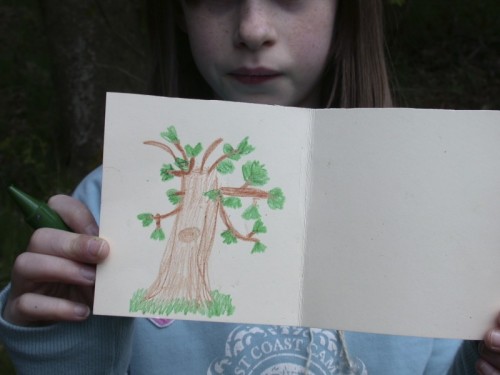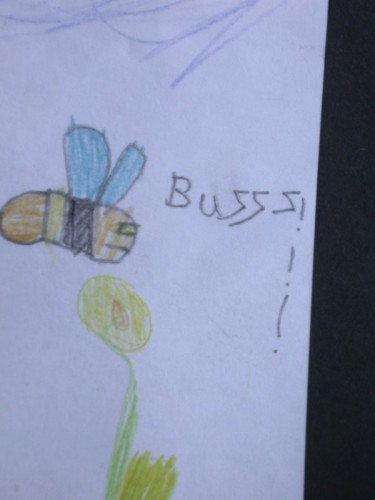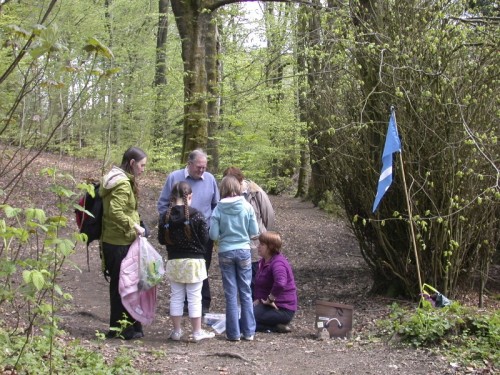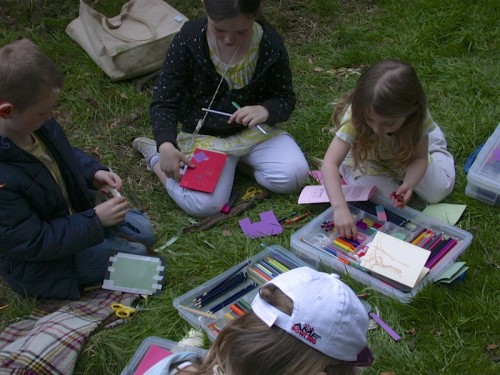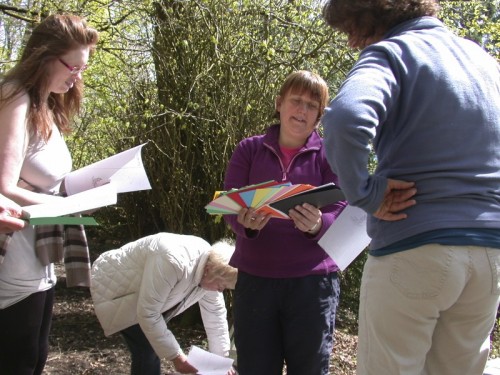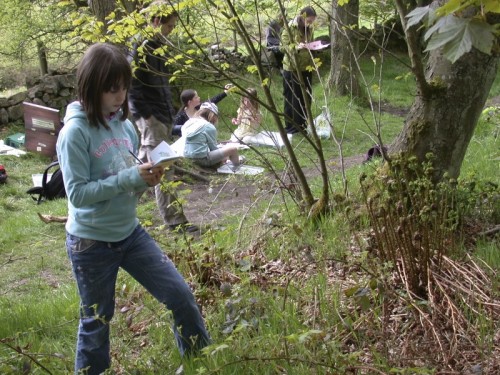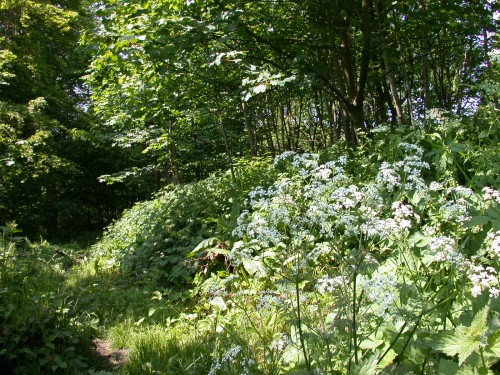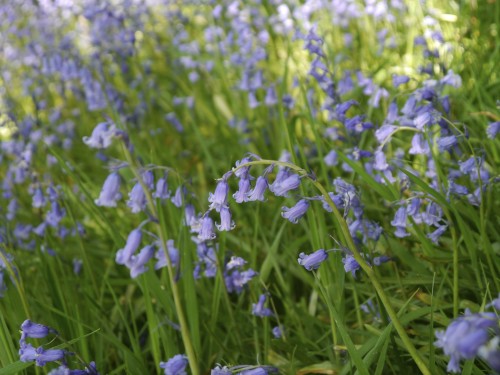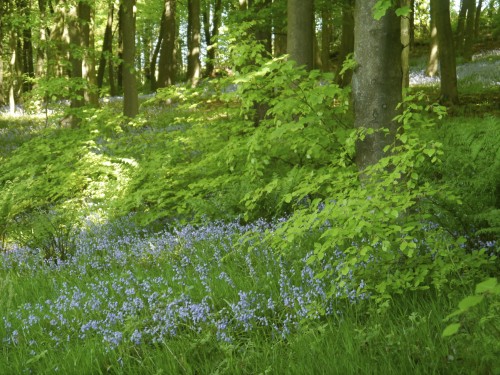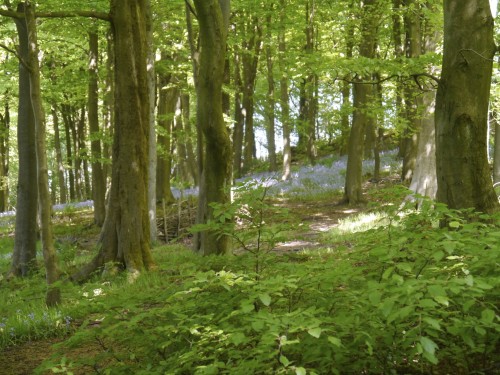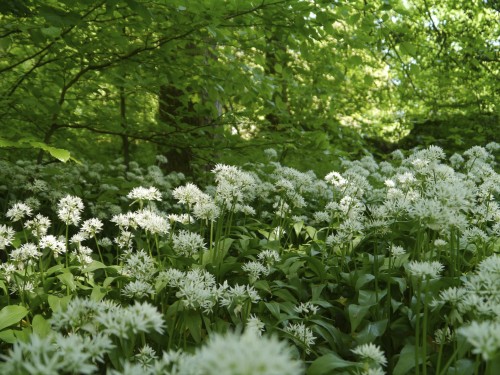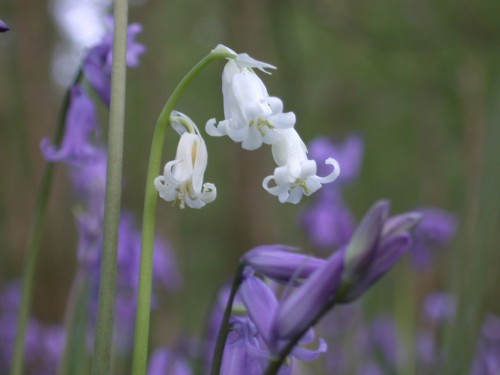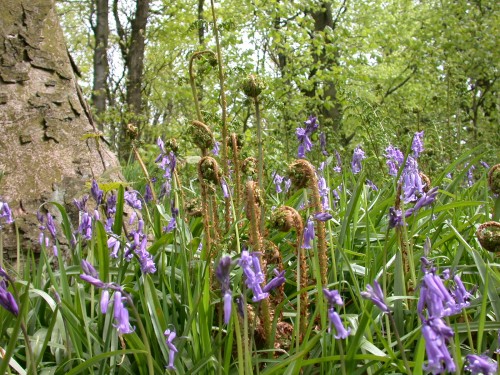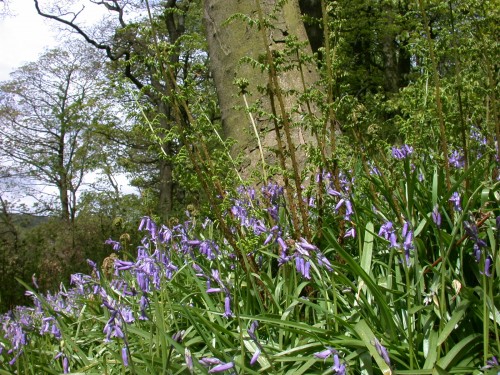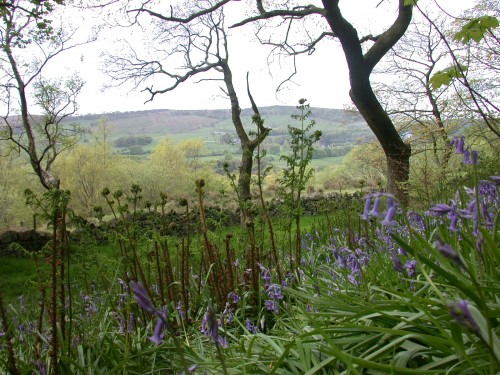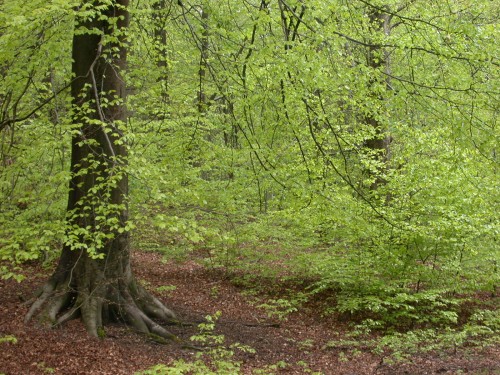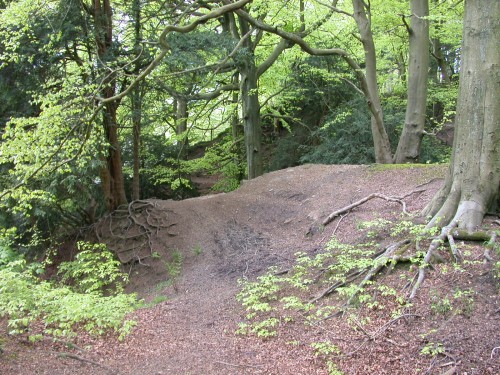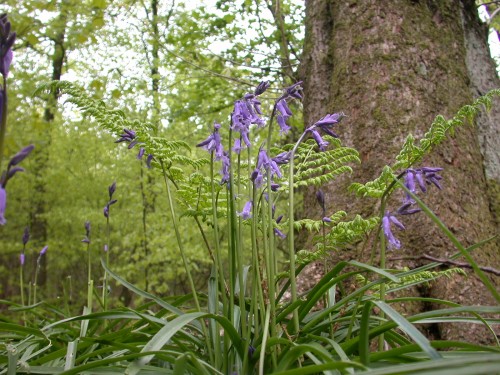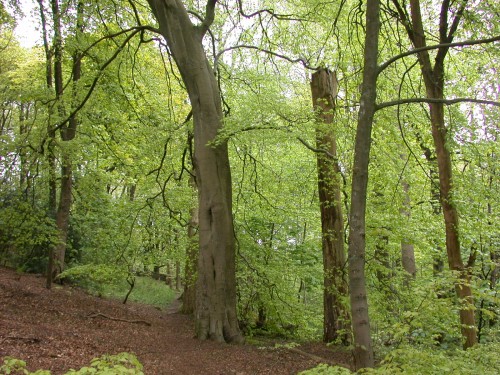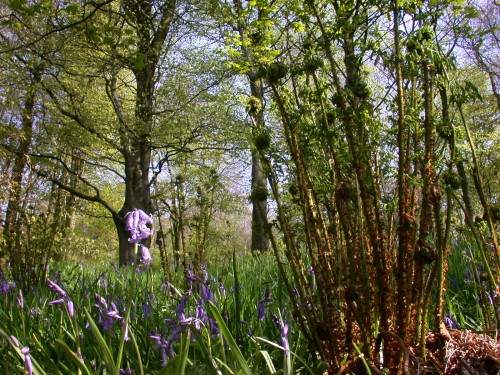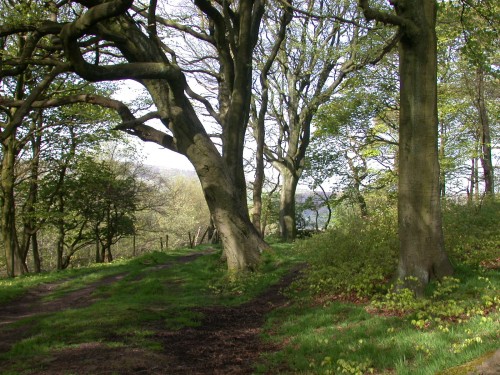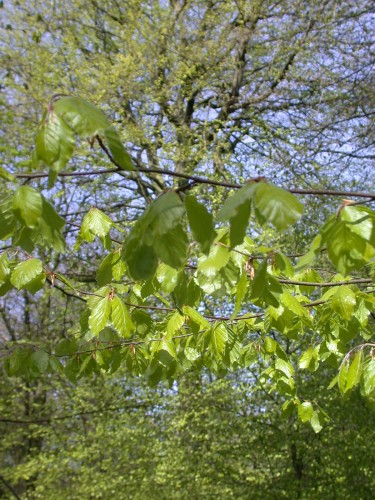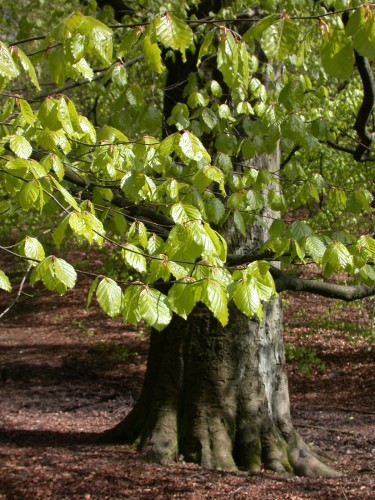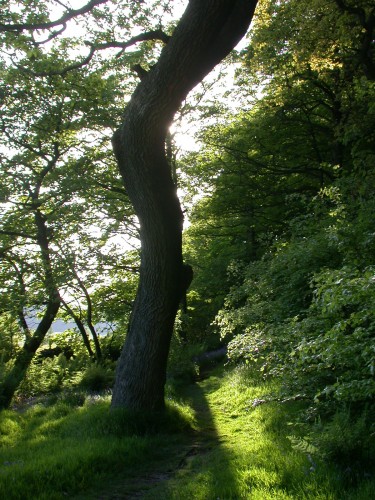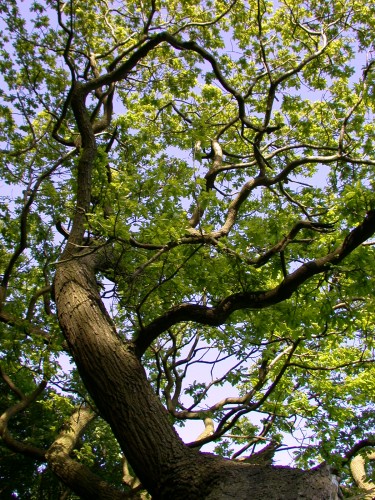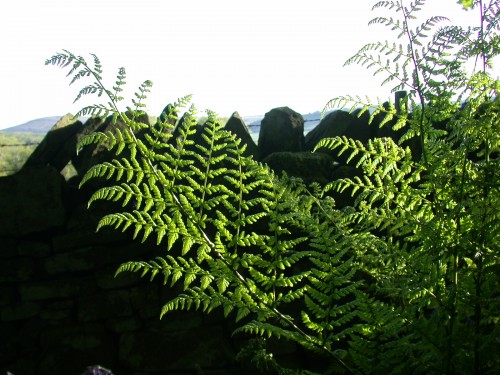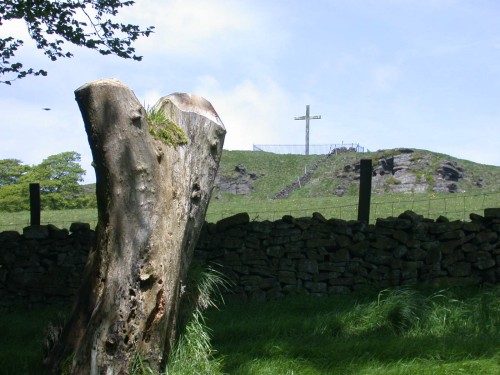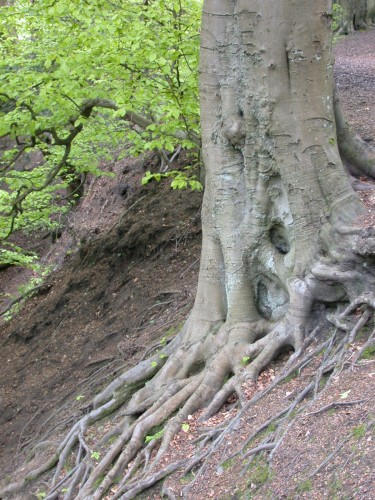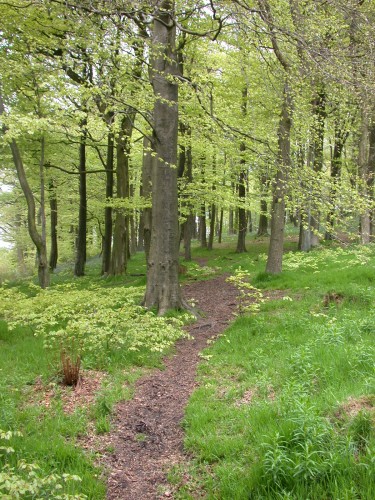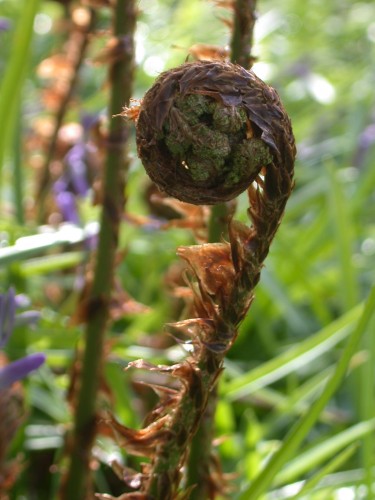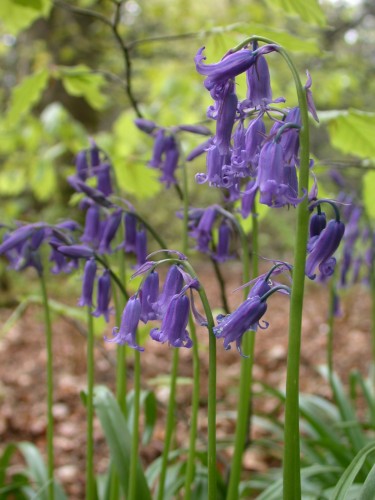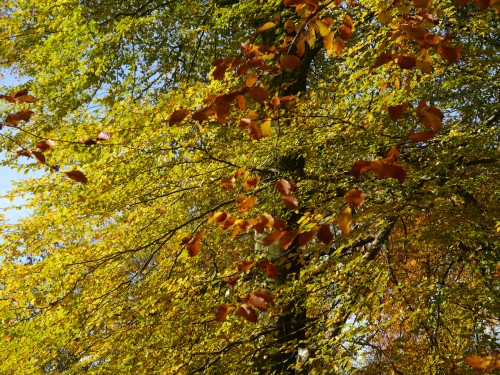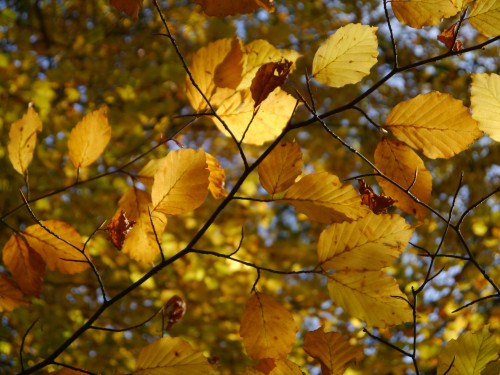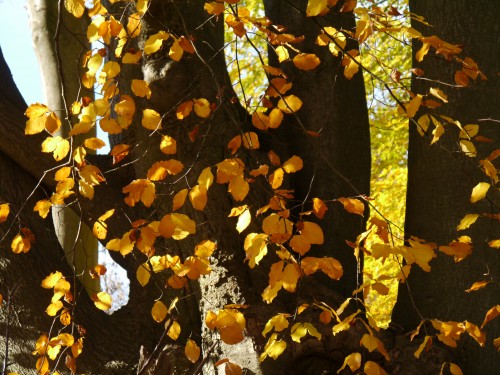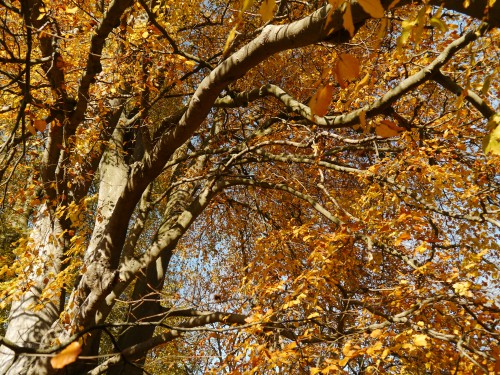News and Events
We love to hear about your experience and see your photographs through the seasons. Don't forget to follow us on Facebook and share our pages. We know we've done a great job when you've had a fantastic day out!
Grin Low Glade Clearence
Bluebell Picnic & Book Making
Corbar Woods Spring
Corbar Woods Autumn
Flora & Fauna

The flora and fauna of Corbar cannot compete with the rich variety you can find in Grin Low Wood, especially the limestone loving flowers in the glades there: Corbar is no SSSI, but it has its own beauties. In May the bluebells in the far western part of the wood are a sight to behold, and the eroded old quarries below them provide dramatic contours – and challenges to local children to scramble up or slide down. There are some splendid veteran beeches, ancient yews and a few gnarled oaks. If you haven’t explored Corbar Wood yet, do spare a few hours to get to know it: you will find it very rewarding and good for your health. Recent research has shown that regular walking through woodland reduces stress chemicals in the body and increases cells in the immune system that fight viruses and tumours.

Looks Good and Does You Good
Scabious
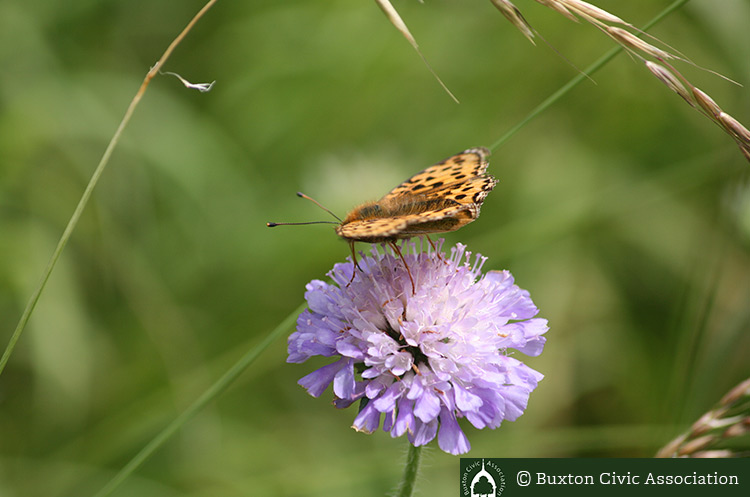
As we look forward to the beautiful colours of Autumn in Grin Woods take the
opportunity to visit the Country Park with this beautiful photograph and discover the Devil’s Scabious in ‘the Glade’ on the ash mounds.
This purple flower belongs to the teasel family and is frequently visited by the bees and butterflies for nectar. (PAGE 41) From a guide to the ‘Wild Flowers of Grin Low Country Park’ by June and Lyn Noble.
Woodland Glades Conservation Continues By Alan Walker
The botanically important glade areas in Grin Low woods will receive theire annual autumn cut this month and I am often asked why we do this to what seems a wild area of natural grassland. The woodland glade areas are associated with the 17th and 18th century lime burning industry. Waste Limestone ash was tipped below each kiln and the highly contaminated and alkaline ground wasn't planted with trees.
Slowly the areas were colonised by lime loving species of herbaceous plants and grasses such as Northern Marsh Orchid, Burnet Everlasting, Creeping willow and Juniper. Unlike the neighbouring farmland, this unique habitat wasn’t grazed or fertilized by animal livestock
Recognising the Juniper as the only surviving example in Derbyshire, the area of Grin Low was designated as a site of Special Nature Conservancy Council (now Natural England). It was re-designated in 1981 under the Wildlife and Countryside Act.
Over 15 years ago it was recognised that these valuable areas could be lost without careful management, encroached by rank species of grasses and invasive trees such as Birch and Ash. At the time rabbits grazed the glades but with outbreaks of Myxomatosis an artificial solution became necessary. Since then the glades have been cut annually, a project originally funded by Natural England. The cuttings are raked Since then the glades have been cut annually, a project originally funded by Natural England.
The cuttings are raked and removed from the glade to prevent the thin soil layer from becoming too enriched and able to support invasive species. In this highly labour intensive time our woodland volunteers are invaluable, assisting with grass clearing and cutting back saplings on the glade edges.
We have now brought eight or so glades back to a good condition around seven acres of the 100 acres of Grin Low Wood and 100 acres of Grin Low Wood and hope to enlarge some of these areas further. Funding is currently unavailable for this project, which makes volunteer help even more important. If anyone has a few hours to spare in September and October please contact Alan at Poole’s Cavern Visitor Centre on 01298 26978.
